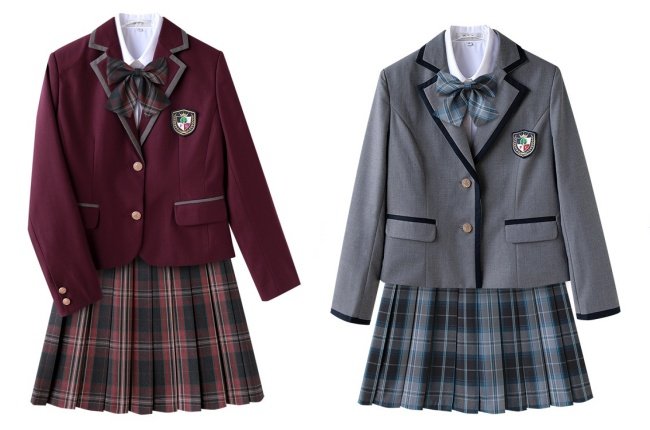
What Is a JK Uniform?
A JK uniform refers to the style of school uniform worn by Japanese high school girls. The term “JK” is short for joshi kōkōsei , which literally means “female high school student.”
Origins and Cultural Significance
Japanese school uniforms for girls have long been part of youth culture, featured heavily in anime, manga, J-pop, and street fashion.
The classic sailor fuku (sailor-style uniform) was introduced in the early 20th century, inspired by naval and Western styles. Over time, many schools adopted Western-style uniforms (blazers, ties, etc.) alongside or instead of the sailor style.
Recently, JK uniforms have become more than just schoolwear: they’ve evolved into a fashion trend, especially among young women in Japan and other countries (e.g. China), sometimes worn outside school as a nostalgic or aesthetic style.
Main Styles and Components
JK uniforms typically include:
Top pieces: sailor collars (often with decorative strips/lines, known in Japanese as “erisen”), blazers, shirts or blouses, sometimes vests or sweaters.
Bottoms: pleated skirts — in solid colors or plaid, with a range of pleat styles.
Accessories: ribbon ties, neckties, bows; socks (often knee-high), shoes; sometimes outerwear (jackets, coats) depending on season.
Various collar styles and pleat layouts add variety and regional/school differences. (These styles are part of what gives the JK uniform its distinctive looks.) [Note: The Chinese detailed classifications you provided align with these distinctions.]
Why It’s Loved / Fashion Trend
JK uniform evokes youth, innocence, school memories, nostalgia. Wearing JK style can be a way to express a certain kind of aesthetic linked with adolescence.
It’s visually distinctive, with clean lines, pleats, collars, and contrasting accessories. That makes it popular in media, cosplay, fashion shoots, street style.
In places outside of Japan (notably China), JK uniforms have become a trend even among people who are no longer students — worn for style rather than function.

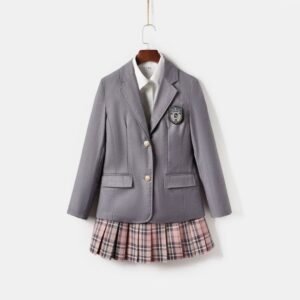
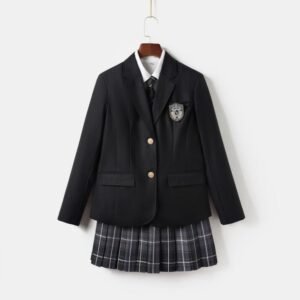
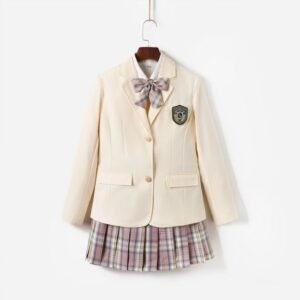

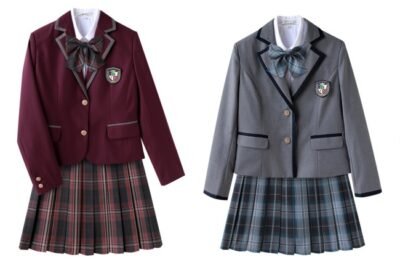
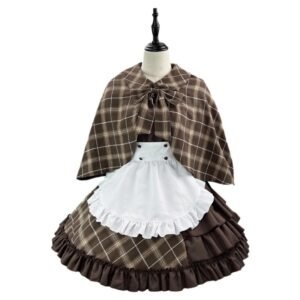

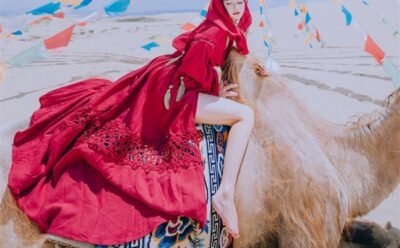
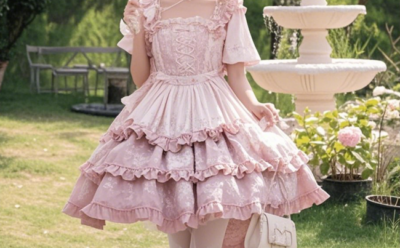
Add comment